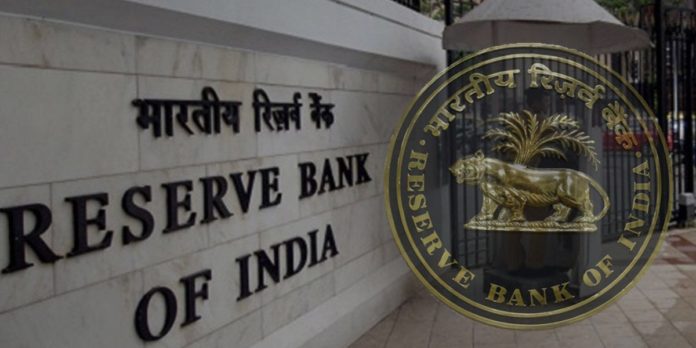With the World Health Organisation (WHO) declaring coronavirus (COVID-19) a global pandemic, a section of economists and analysts see logic in an emergency cut by Reserve Bank of India (RBI) to cushion the economy.
The Federal Reserve had just announced a biggest one-time rate cut since the dark days of 2008 global financial meltdown. It slashed interest rate by half a percentage point as a pre-emptive action to safeguard the US economy from the coronavirus impact. Taking cues from the Fed, Bank of Canada and Reserve Bank of Australia too cut their policy rates.
According to economists, rate cuts on such occasions have had sentimental impacts, but whether these cuts translate into credit growth in the economy depends on the on ground demand situation at that point. In the aftermath of substantial rate easing in the post-crisis period, banks went on a lending spree as companies lined up for loans.
This time around, the situation is different. The demand scenario is weak. MPC, the rate setting panel, has so far cut the repo rate at which it lends short-term funds to banks by 135 basis points (100 bps=1 percentage point) in the current rate cut cycle.
In the February policy, the RBI announced a status quo in the policy rate at 5.15 percent, signalling that it isn’t comfortable to tinker with rates at a time when inflationary pressures are inching up. But the MPC left enough hints that it will cut rates going forward as inflation eases retaining he ‘accommodative’ policy stance.
If you look at the transmission of the rate cuts announced so far in the banking system, banks have been highly conservative to pass on the lower rate cues to the end-borrower. The average benchmark lending rates have come down by about 70 bps (in most cases) against the 135 bps repo rate cut so far.
The RBI has been consistently prodding banks to cut rates further, but the response has been quite muted so far. That’s perhaps one reason why the RBI chose to look beyond rate cuts at its last policy meet on February to incentivise banks cut lending rates. It relaxed some provisions on mandatory cash reserve ratio (CRR) requirements for banks if they lend to home, auto and MSMEs.
But if one look at empirical evidence from the past, lowering the borrowing costs alone has not helped boost credit growth. There is a genuine absence of demand on the ground that is hampering the credit flow to productive sectors. This is on account of a sharp slowdown in the economy.
Despite the 135 bps rate cut over the last one year, the flow of bank credit has not picked up. On the contrary, it has only declined. Going by the latest numbers from RBI, bank credit growth slowed to 8.5 percent in January from 13.5 percent in the year ago period, with loans to industries slowing at the fastest pace among major segments.
Break up the numbers, loan growth to industry and services sector decelerated to 2.5 percent and 8.9 percent in January from 5.2 percent and 23.9 percent in the year ago period, respectively. Even within the industries, loans to smaller companies are slowing at the quickest pace.
Bank lending to micro and small companies grew at just 0.5 percent as compared with a contraction of 0.7 percent in the year-ago period. When it comes to medium-sized and large companies, loan growth stood at 2.8 percent compared with 6-7 percent in the corresponding period last year.
What does this data tell us? Lowering borrowing costs (which is the ultimate aim of the RBI rate cuts) through RBI rate cuts hasn’t proven a very successful idea in the Indian context going by available evidence. Hence, an emergency rate cut on a coronavirus scare, following cues from global central banks, may not make much sense here.





